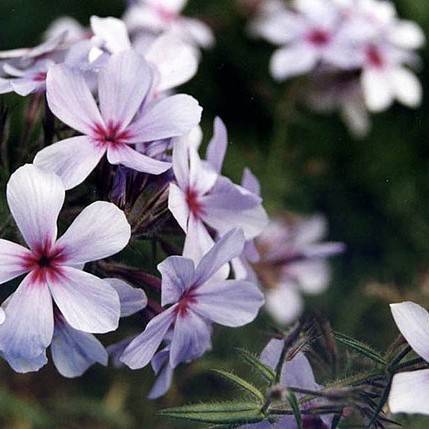
wild sweet William
Phlox divaricata subsp. laphamii 'Chattahoochee'
Cycle:
Herbaceous Perennial
Watering:
Minimum
Hardiness Zone:
3 - 8
Flowers:
Flowers In Spring
Sun:
Part shade,full shade
Leaf:
Yes
Growth Rate:
Low
Maintenance:
Moderate
Salt Tolerant:
Yes
Care Level:
Moderate
watering
Wild sweet William should be watered 1-2 times per week, depending on the temperature and amount of sunlight the plant receives. During the warmer months of the year, the soil should be kept moist but not soggy. In the winter months, water Wild sweet William less frequently, allowing the soil to dry out between waterings. It is important not to overwater, as this can cause root rot. A good rule of thumb is to water deeply, until water appears at the bottom of the pot, and then allow the plant to dry out before the next watering.
sunlight
Wild sweet William (Phlox divaricata subsp. laphamii 'Chattahoochee') prefers full sun with at least 6 hours of direct sunlight each day. It thrives in moist, well-drained soils rich in organic matter. The plant should receive direct sunlight in the morning and early afternoon, while also benefitting from shade during the hottest hours of the day.
pruning
Wild sweet William (Phlox divaricata subsp. laphamii 'Chattahoochee') should be pruned in early spring before new growth begins. Pruning should be done conservatively and judiciously. Remove dead, damaged, or diseased stems, as well as any branches that are crossing or growing out of bounds. You may also want to lightly shape the plant to promote bushiness and a better overall shape. Pruning is not a necessary step, but it can help the plant to look nicer and remain healthy.
